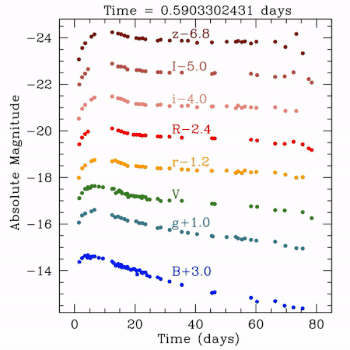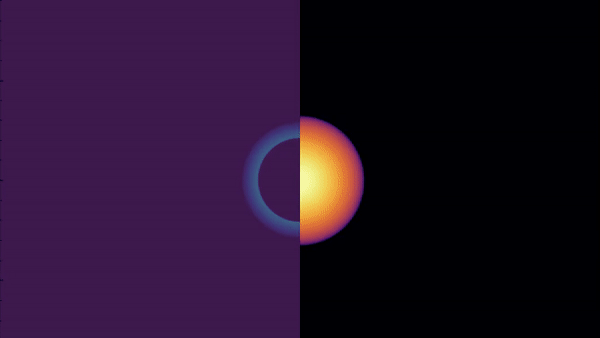
High energy astrophysics studies the universe in its most extreme states, focusing on phenomena like black holes, neutron stars, gravitational waves, and supernovae. At CTAC, we study these systems using a combination of analytical and numerical techniques with a goal of making connections with observations through explaining what is being observed, predicting new types of phenomena, and providing guidance for observing strategies.
One of the most exciting areas of high energy astrophysics has been the new field of gravitational waves. These provide a completely new way of probing the universe and exploring how matter acts at the highest densities and temperatures. Combining gravitational waves with electromagnetic information teaches us about black holes and neutron stars in ways that would not be possible if either probe were used by itself. CTAC scientists investigate what can be learned from combining this information, make predictions for new types of gravitational wave sources, and study the environments in which these systems form.

Another expanding area of study has been explosive astrophysical transients. These events can radiate as much energy as 100 billions stars on weeks-long timescales. Furthermore, they are key for creating heavy elements, driving galaxy evolution, and providing a probe of our universe. As surveys scan more of the sky, we continue to find new ways that explosions can occur, from novel types of supernovae to stars being ripped apart by supermassive black holes. Developing theory to investigate these events is crucial for understanding their impact and piecing together the mystery of their progenitors.
